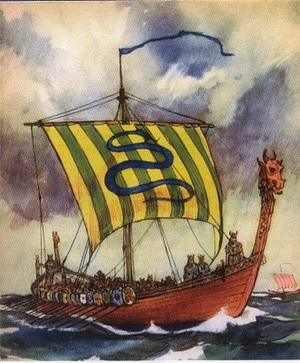 Amongst the ancient Greek legendary stories of certain families and genealogies, it appears, that none equal the splendor of a particular family that had originated in Thebes. In legend they are known as the descendants of Cadmus, the Sparti (the sown men), a Boeotian aristocracy from the Peloponnese region of Greece that were also called the Pelopids.
Amongst the ancient Greek legendary stories of certain families and genealogies, it appears, that none equal the splendor of a particular family that had originated in Thebes. In legend they are known as the descendants of Cadmus, the Sparti (the sown men), a Boeotian aristocracy from the Peloponnese region of Greece that were also called the Pelopids.
This same family I had written about in my previous articles, The BirthMark of Cain and Dragon Lords of Thebes: From Cadmus Came the Race of the ‘Spartoi’ (The Sown Ones), I had detailed how this particular family were the original inheritors of a mythical birthmark that was often described as white, and usually in the shape of a spear or an anchor. These stories started well before the time of Christ and had been told throughout history by great historians such as Plato, Aristotle, and Plutarch.
In Old English a birthmark is known as a “Kynemark,” or in English a “Kings Mark.” You will find that these sown men with the birthmark or kings mark appear time and time again in some very famous stories throughout history. These legends were not only told in Thebes, but they had spread around the world to the point where you will find that many of the greatest men throughout history are often described as having these ‘divine or mythical birthmarks.’
A story that belongs to the same men from the East who had migrated to the West, who then become known as the Druids who had passed along these birthmark legends in stories such as that of King Arthur. Then later in Gaul with the French Merovingian kings who had enthusiastically continued this birthmark telling tradition.
People like the most famous mathematician Pythagoras, who the only description we have of him; is that of the golden birthmark on  his thigh, or Seleucus who it was said had Apollo’s (sun-god and god of light) symbol, an anchor, as a birthmark on his thigh. Then we even have the first Roman Emperor Augustus Octavian Caesar whose mother supposedly acquired a birthmark before getting pregnant, and it was said that Augustus had a “constellation” of seven birthmarks on his temple. Approximately 500 years later we have the Celtic sun-god known as King Arthur or Artaois who was also born with a similar white birthmark representing sun-spots.
his thigh, or Seleucus who it was said had Apollo’s (sun-god and god of light) symbol, an anchor, as a birthmark on his thigh. Then we even have the first Roman Emperor Augustus Octavian Caesar whose mother supposedly acquired a birthmark before getting pregnant, and it was said that Augustus had a “constellation” of seven birthmarks on his temple. Approximately 500 years later we have the Celtic sun-god known as King Arthur or Artaois who was also born with a similar white birthmark representing sun-spots.
When I had first came across the story of the birthmark, it immediately had caught my attention like no other facts I have found before. The reason being was that this same white birthmark like the ones described on Pythagoras and Seleucus, had also adorned the skin on my inner thigh since birth.
Another obvious clue would be my DNA, because common sense tells me that if I have this same exact birthmark, then science will prove that I may have the same or similar DNA. Since I have already completed my DNA test which places my paternal YDNA in the E1b1b Haplogroup, I now have the science to help prove that I may be related to this ancient Eastern family from Thebes. Hence, I believe it is now safe to include myself as part of this science and story. Hopefully you can understand the reason to include myself as data because I know to some of you my statements may sound rather boastful, but that is not my purpose.
Today I would like to share with you some of this science to go along with these famous legends of the “birthmark.” This science is what we call today DNA, and I believe that the evidence I will present below will help verify my theory, that a certain “ancient family” from Thebes who were specifically identified by their special birthmarks, may also be the Lost Tribe of Dan. A simple technique using history, geography, science, logic and reason in order to put all the missing pieces together in order to make this amazing history puzzle come to life.
Does DNA evidence help prove the story of the mythical birthmark and special sown men?
When I started researching the DNA found by science in the locations in the stories of the birthmark, I was somewhat surprised to find that my DNA was being found in large concentrations in these same locations. What was starting out as just an intuitive hunch or coincidence, was starting to become in reality a fact. A fact that I believe we can now use ancient history in order to compare it to modern science to verify some of these ancient legends.
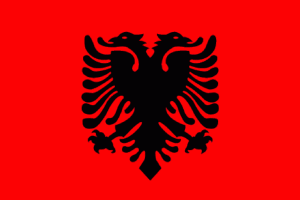 What I have found is that the people who had their DNA tested in the Peloponnese region of Greece where these stories of the birthmark originate, have an unusually high frequency of the E1b1b E-M78 YDNA Haplogroup. Scientists have found an incredible 17 out of 36 people tested or 47%, that are positive for this E1b1b blood line. Greeks who were tested in the north are said to have 35.4% and in the south 43.5%. This is simply the highest concentration of this specific YDNA Haplogroup that you will find in any one location in the world. The closest competitor would be the country of Albania with 27% of those tested being positive for E1b1b. Please let it be known that the Albanian people are listed as a distinct ethnicity, which most historians conclude that the Albanians are descendants of populations of the prehistoric Balkans, such as the Illyrians, Dacians or Thracians.
What I have found is that the people who had their DNA tested in the Peloponnese region of Greece where these stories of the birthmark originate, have an unusually high frequency of the E1b1b E-M78 YDNA Haplogroup. Scientists have found an incredible 17 out of 36 people tested or 47%, that are positive for this E1b1b blood line. Greeks who were tested in the north are said to have 35.4% and in the south 43.5%. This is simply the highest concentration of this specific YDNA Haplogroup that you will find in any one location in the world. The closest competitor would be the country of Albania with 27% of those tested being positive for E1b1b. Please let it be known that the Albanian people are listed as a distinct ethnicity, which most historians conclude that the Albanians are descendants of populations of the prehistoric Balkans, such as the Illyrians, Dacians or Thracians.
These peoples, the Illyrians, Dacians or Thracians would of course most likely be the same race who Plato, Aristotle and Plutarch had described, that were originally from Thebes and of the Boeotian aristocracy. Now with science, DNA can help us affirm these stories told by historians such as the descendants of Illyrius, who in Greek mythology was the son of Cadmus and Harmonia. Illyrius who eventually ruled Illyria and became the eponymous ancestor of the whole Illyrian people. Please remember that the historian Aristotle who said that the descendants of Cadmus, the Sparti (the sown men) had bore a birthmark in the shape of a spear, and now we have science verifying that this region of the world has the highest concentration of the E1b1b YDNA Haplogroup than anywhere else in the world.
Has the the Lost Tribe of Dan been found by science via the E1b1b YDNA Haplogroup?
All though the origins of the Dacians (and Thracians) remain obscure. We can safely say that they were developed from a mixture of indigenous peoples and Indo-Europeans who around 1500 BC, conquered the indigenous peoples known as the Danubian farmers that were named after their ancestor Dan. The eastern branch of farmers had lived between the Isker, Yantra and Danube rivers, which were called the Getae, and the western group became known as Dacian. They all spoke a Thracian dialect of Indo-European, and were mainly sedentary grain farmers who also mined gold, silver and later iron. The tribes were headed by chieftains with religious responsibilities and practice similar to the Brahmins of India, the magi of the Persians, and the druids of Ireland.
You will find that these same peoples and priests such as the Druids also had legends of this mythical birthmark exactly like those told by Plato and Plutarch hundreds of years earlier. Stories like the Druid’s prodigal lost son who the Arch Druid had asked, “What is that birthmark?, “It’s the sign of royal blood!” Or that of Ball Dearg for his distinguishing ‘red birthmark’, which was also supposed to accord with the prophecy. Then of course we have the legend of King Arthur and his white birthmark that was propagated around the same time by the priesthood of Druids who had held sway in these same lands.
In addition to these facts we have the peoples known as the Dacians who may have called themselves “wolves” or “ones the same with wolves.” This canine connection to various tribes I had written about in a quite a few articles such as, Queen Dog Star and the Dog Kings, Wusun Merge With The Saka to Become the Saxons, Dogs of the Sun and Kohen: The Priests of Baal.
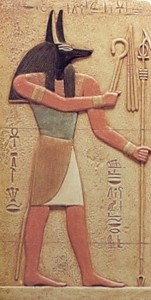 In the these articles I detail the connections between various cultures that all tie to one another, beginning with the Cult of Hermanubis that was located in uten-ha/Sa-ka/ or Cynopolis, a place whose Greek name simply means “city of dogs.” These would be the same Phoenician Tyrians who named their priests Cohanim (Kohanim) and of course the Cohanim would be no other than the Jewish Samaritan Priests known as today as the kōhēn or in English “kohen or cohen.”
In the these articles I detail the connections between various cultures that all tie to one another, beginning with the Cult of Hermanubis that was located in uten-ha/Sa-ka/ or Cynopolis, a place whose Greek name simply means “city of dogs.” These would be the same Phoenician Tyrians who named their priests Cohanim (Kohanim) and of course the Cohanim would be no other than the Jewish Samaritan Priests known as today as the kōhēn or in English “kohen or cohen.”
The word cohen seems to connect with the Greek word for dog, ΚΥΩΝ / κύων, Κύνες or Kuon (Kyon) and from Greek kuon we can tie to “cu or con” which means dog in Gaelic. The old Irish used the word Cu, a dog, or hound, as a designation of honor to denote a hero, fierce warrior or king. In many parts of Asia and Europe the words Cane, Cain, Chan, Khan, Kan, or K/iuti, and Cu are used to signify Head, Chief, Prince, and King. The Mongol dynasty rulers had also taken the title of Kaan/Kahn/Khan.
As I stated above, the Albanian people are said by historians to be a distinct race of peoples who had descended from the Illyrians and also the Dacians that were said to have called themselves “wolves” or “ones the same with wolves.” They were not literal offspring of wolves, but the descendants of a distinct group of human ancestors who were the original priests and kings that had formed the Cult of Hermanubis that was located in uten-ha/Sa-ka/ or Cynopolis, a place whose Greek name simply means “city of dogs.”
In addition to history and science, we of course have geography tying all these peoples together. For example, the Dacians 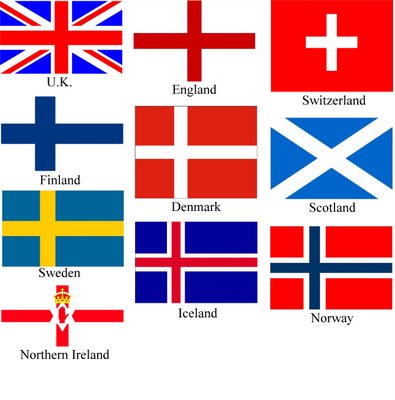 lived on both sides of the Danube and the Greek Danaoi, or Danaans, which had at onetime possessed colonies in the Black Sea region around the mouths of the rivers Danube, Don, and Dnieper. The chiefs/kings of the Greek Danaoi, or Danaans, who had claimed descent from the ancient Greek King Danaus (Tanaus or Dan I). In Homer’s Iliad as the “Danaans” or “tribe of Danaë,” grandchildren of Belus (Phoenician ‘Baal’) who gave their name to the “Argives.” All the kings of Denmark, Norwegian, Swedish and Anglo-Saxons and even the first president of the United States, George Washington claim descent from this blood line.
lived on both sides of the Danube and the Greek Danaoi, or Danaans, which had at onetime possessed colonies in the Black Sea region around the mouths of the rivers Danube, Don, and Dnieper. The chiefs/kings of the Greek Danaoi, or Danaans, who had claimed descent from the ancient Greek King Danaus (Tanaus or Dan I). In Homer’s Iliad as the “Danaans” or “tribe of Danaë,” grandchildren of Belus (Phoenician ‘Baal’) who gave their name to the “Argives.” All the kings of Denmark, Norwegian, Swedish and Anglo-Saxons and even the first president of the United States, George Washington claim descent from this blood line.
These stories now come to life as truth with the help of science that we can now use to help identify the “Lost Tribe of Dan.”
E1b1b has three common subclades: M78, M81, and M34;
M78 is found throughout North and Northeast Africa, as well as the Near East and Europe. Its network shows high geographic structuring. The a cluster is particular to Europe, where it is highest in the Balkans. It enjoys frequencies of about 23.8% among Greeks[5] with a frequency of about 47% in the Peloponnese region of Greece,[5] about 25% among Albanians at large[5] with a frequency of 46% among Albanians in Kosovo[8], and frequencies of about 20% in some South Slavic populations (Serbs, Macedonians, Bulgarians)[9]. Among Jews both in Europe and the Middle East, E1b1b is the second most common Y haplogroup after J.[10]. A ß and a ? cluster are particular to North and Northeast Africa, respectively. A fourth, d, cluster is found in all regions albeit at low frequencies. Cruciani suggests that it was the d cluster that spread M78 throughout North and Northeast Africa, the Near East and later Europe, c. 14 KYA. It was only during later population expansions bearing the a, ß and ? clusters (which diverged from the d cluster) that led to E1b1b’s current high frequency.
The Peloponnese is a large peninsula, located in a region of southern Greece. The name Peloponnesos means “Island of Pelops.” The major cities of Sparta, Corinth, Argos and Megalopolis were here, and was the homeland of the Peloponnesian League. Soldiers from the peninsula fought in the Persian Wars and was the scene of the Peloponnesian War of 431 BC-404 BC. The history of this region is rich with epic tales that have been passed down to us by some of the greatest historians the world as ever known.
This would be the exact location where Plato had told us of the family of the Pelopids, who many descendants had a birthmark on their shoulder. I have also discovered while studying the ancient history of the Peloponnese people that they claim descent from the genealogies of the ancient heroes in the Greek legends that were given to us by Homer and Hesiod, such as those of Danaus, Pelops, Cadmus, The Arcadian Kings and others.
During the late Middle Ages and the Ottoman era, the peninsula was known as the Morea. The peninsula is divided among three regions of Greece: most of it belongs to the Peloponnese region, and parts belong to the West Greece and Attica regions. It was here that the Greek War of Independence began; the Peloponnesians have almost totally dominated politics and government in Greece since then.
Is this the DNA of the Lost Tribe of Dan?
As I stated above, there is an incredibly high frequency of about 47% of E1b1b YDNA in the Peloponnese region of Greece. This region is the same place that King Danaus (Tanaus or Dan) who was founder of the Tribe of Dan had arrived at Argos in the Peloponnese when he had fled Egypt to Hellas with his fifty daughters. It is said that the kings who descended from Danaus had made Argos the center of civilization for the Peloponnese. In Homer’s Iliad as the “Danaans” or “tribe of Danaë,” grandchildren of Belus (Phoenician ‘Baal’) who gave their name to the “Argives.” This would be the start of modern civilization and where most the builders of various empires would have spawned from.
The beginning of Greek history is often dated to this “exile” from Egypt of the Danaoi, who appear in classical writings as the “Danaans.” You will also find them under other spellings such as the Danaoi (Danaoi used 138 times in the Iliad), Danaus, Danae, Danaans, Danoi, Danaids,or Dananites. It was said by these families; “which remain to be considered no new race of people was introduced. Danaus and his descendants were engrafted on the Pelasgi; Cadmus and the Labdacidai on the Aborigines of Boetia. Pelops and the Pelopidce were incorporated with the iEolians and Achaeans; Hercules and his posterity were adopted by the Dorians. The Arcadian kings belonged to the original Pelasgic stock.”
Is this why we have the various mysterious splits in the E1b1b Haplogroup?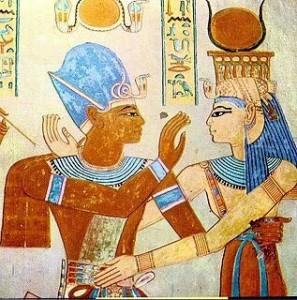
I would say that this is a very good explanation that this specific blood line had originated in this Peloponnese region of Greece exactly where Plato and Plutarch tells us that the sown men had spawned from. As stated above, this region of Greece is where King Danaus and the Tribe of Dan had went to after their exodus from Egypt, and it is in this area where we can find an amazing 47% concentration of this unique E1b1b E-M78 Haplogroup. In addition to these apocalyptic revelations, just within the past couple months, the DNA of Ramesses III was released revealing that that he belongs to this same E1b1b Y-DNA haplogroup. Ramesses III was the second Pharaoh of the of the Twentieth Dynasty of the New Kingdom of Ancient Egypt that was a new blood line, who was neither Egyptian or Hittite, but a mix of both races. Later he would be murdered by his own wife and son in a plot to take the throne.
These events may coincide with the Exodus from Egypt by the Tribe of Dan and these facts could also very well prove that these peoples are in fact one of the Lost Tribes of Israel. In addition, we now have science helping prove that the sown men of the E1b1b blood line were not only a significant force in Thebes, Greece and Syria, but that they may very well also have been the Pharaoh Kings in Egypt as well, who would later also be known as the Phoenicians.
I believe that this theory can be substantiated by the fact that many people who claim Jewish decent today, such as the Samaritan Cohen, belong to this same E1b1b Haplogroup. Science also proves that this particular Haplogroup had migrated almost in tandem right along side most of the Roman settlements that were built from 1AD forward. Geanologists have had a tough time explaining why they were finding the E1b1b YDNA Haplogroup in small percentages in most every one of these Roman towns. For example, E1b1b (previously known as E3b) is very rare in the British Isles, but has been found in and around Roman settlements that was possibly attributed to Roman soldiers and settlers who arrived during the Roman occupation.
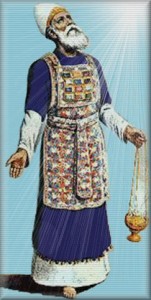 However I believe I know why and I simply disagree with the theory that they were Roman soldiers or settlers. My research proves these were the priestly class from the East who were at one time the the ancient Phoenician Tyrians who had named their priests Cohanim (Kohanim). In the Torah, the priests of Baal are referred to as Cohen or Kohen or plural: Cohanim or Kohanim which is a Hebrew word for priest or king and the word or Bol-Khan, specifically refers to the priests of Baal who in Homer’s Iliad as the are the “Danaans” or “tribe of Danaë,” grandchildren of Belus (Phoenician ‘Baal’) who gave their name to the “Argives.”
However I believe I know why and I simply disagree with the theory that they were Roman soldiers or settlers. My research proves these were the priestly class from the East who were at one time the the ancient Phoenician Tyrians who had named their priests Cohanim (Kohanim). In the Torah, the priests of Baal are referred to as Cohen or Kohen or plural: Cohanim or Kohanim which is a Hebrew word for priest or king and the word or Bol-Khan, specifically refers to the priests of Baal who in Homer’s Iliad as the are the “Danaans” or “tribe of Danaë,” grandchildren of Belus (Phoenician ‘Baal’) who gave their name to the “Argives.”
This same exact E1b1b haplogroup is very common amongst the Samaritan Kohanim (Koehn or Cohen). They claim to descend from the Biblical Israelite tribes of Ephraim, Menashe and Levi with direct patrilineal descent from the Biblical Aaron. These were the same priests who had become what Saint Bede said in his 9th century book titled, Ezra and Nehemiah, “allegorically, the Levites represent those attached to the Catholic Church.” Hence, if the descendants of Levi, the Levites who are the priesthood attached to the Catholic Church, then that would also make the Israelites known as the Samaritan Kohanim who also descend from Aaron and Levi their brothers.
The descendants of Levi, the son of Jacob. (LEW (1).] He had three sons: Gershon or Gershom, Kohath, and Merari (Gen. xlvi. 11 ; Exod. vi. 16: Numb. iii. 17; 1 Chron. vi. 10, 43). Moses and Aaron were the grandsons of Kohath, and the greatgrandsons of Levi (Exod. vi. 16, 18, •JO, 2G). Gershon, Kohath, and Merari all founded families, but a certain prominence attached to the Kohathites, from whom the leaders of Israel at the critical period of the departure from Egypt had sprung (Numb. iv. 1-40).
- Moses
- Aaron
- Miriam
- Samuel
- Ezekiel
- Ezra
- Malachi
- John the Baptist
- Mark the Evangelist
- Matthew the Evangelist
- Barnabas
The E haplogroup has been observed in all Jewish groups world wide
The E haplogroup has been observed in all Jewish groups world wide. One of its major subclades, E1b1b (formerly E3b) is considered to be the 2nd most prevalent haplogroup among the Jewish population.
According to one major paper; Contrasting patterns of Y chromosome variation in Ashkenazi Jewish and host non-Jewish European populations E-M35, which defines the E1b1b1 (formerly E3b1) haplogroup, is considered to be the second highest, next to J, for “Founding Jewish Lineages” in Europe. It is found in moderate amounts in all Jewish populations, from Ashkenazi, Sephardic, Kurdish, Yemen, Samaritan and even among Djerba Jewish groups.
The Samaritan Kohanim belong to haplogroup E1b1b1a (formerly known as E3b1a).
Their findings reported on four family lineages among the Samaritans: the Tsdaka family (tradition: tribe of Menasseh), the Joshua-Marhiv and Danfi families (tradition: tribe of Ephraim), and the Cohen family (tradition: tribe of Levi). All Samaritan families were found in haplogroups J1 and J2, except the Cohen family which was found in haplogroup E3b1a-M78.[7] This article predated the E3b1a subclades based on the research of Cruciani, et al.[8] The Samaritan Cohen family were Levites until the previous Cohen family died out around 1700, so the fact that they don’t share CMH is expected. These findings may offer more proof that E1b1 was one of the founding lineages of the Levites.
The biblical tradition of the Cohen family living among the Samaritans is found in 2 Kings 17:27-28, where it indicates that only one Israelite Cohen was sent back from exile from Assyria by the King of Assyria to teach those living in the Northern Kingdom of Israel (Samaria). This suggests why some Samaritans may claim association of haplogroup E3b1a with the biblical Kohanim. In the same period only 27,290 (Annals of Sargon)of the ten Northern Tribes were exiled to Assyria, the Assyrians relocated those non-Israelites to the region around Samaria, explaining why those claiming to be Leviim or Kohanim were actually Syrians, who appointed other non-Israelites as priests (“Kohanim”) from their own people.
As stated above, the descendants of the Pelopids were said to be “noble kings” who were identified by special birthmarks and let us not forget that the Hebrew “Kohen or Kohanim” means “priest or king.”It only makes sense that this same ancient family from the East known in legend as the Pelopids and the Danaans would of course leave their descendants with the same stories in order for them to carry them into their new lands. In addition, we can find the descendants of these sown men in the exact same Peloponnese region of Greece, where science now proves that 47% of the people are of the E1b1b E-M78 Haplogroup.
The same blood line that we can now verify via science that the Jewish Kohen also descends from, is this same E1b1b YDNA Haplogroup. The name “Kohen” is derived from the Greek word for dog “Kuon” in which we can easily connect them all to the Phoenician priests known as the Kohanim who are all the descendants of Levi, the son of Jacob. The Kohen or Kohathites, are from whom the leaders of Israel at the critical period of the departure from Egypt had sprung (Numb. iv. 1-40), and who today are allegorically known as the Levites by representing those attached to the Catholic Church.” Hence, the Universal Brotherhood.
The reason I use my story and DNA in this story is from a little understood thing called Gnosis that can be connected with Déjà vu and reincarnation. I somewhat explain how this works in my articles, What is Gnosis? and Who is Baphomet? In those articles I explain that Déjà vu, which means “already seen” was taken by Plato as a real memory of events that took place in a previous existence that proves the theory of reincarnation. Plato held in his beliefs that education was not new learned information, but a real memory of events that took place in a previous life.
More facts to go long with history and science making the truth come to light that the Lost Tribe of Dan has been found by one of their lost sons.
Related articles

Moe is the founder of GnosticWarrior.com. He is a father, husband, author, martial arts black belt, and an expert in Gnosticism, the occult, and esotericism.





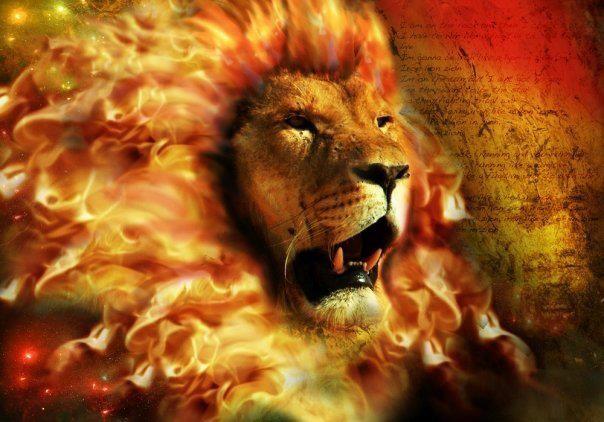

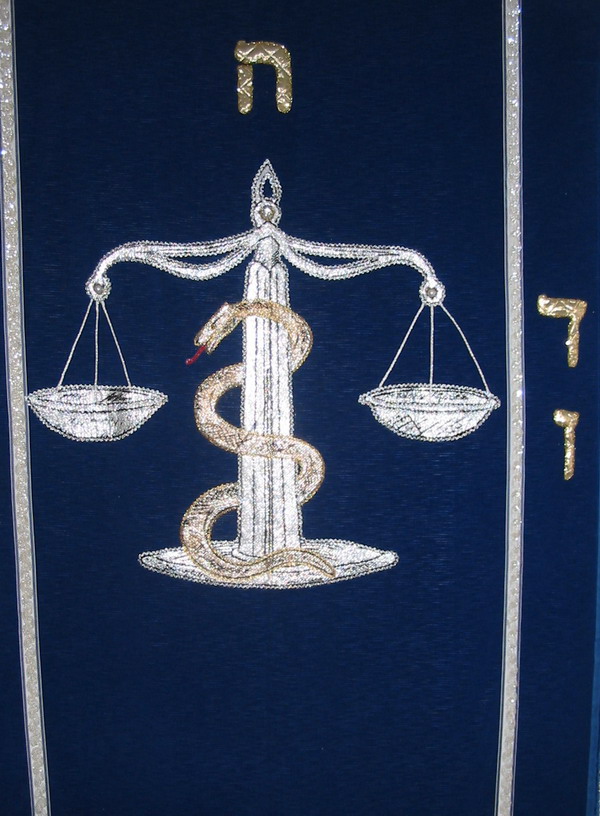
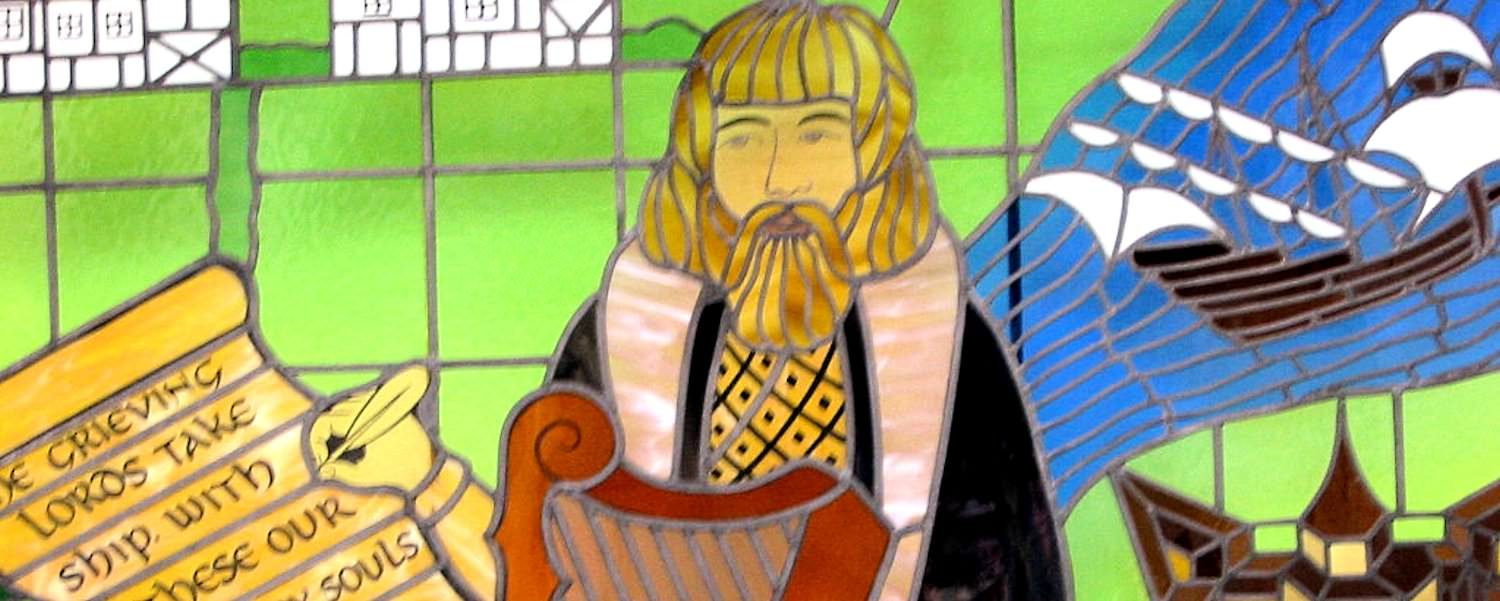
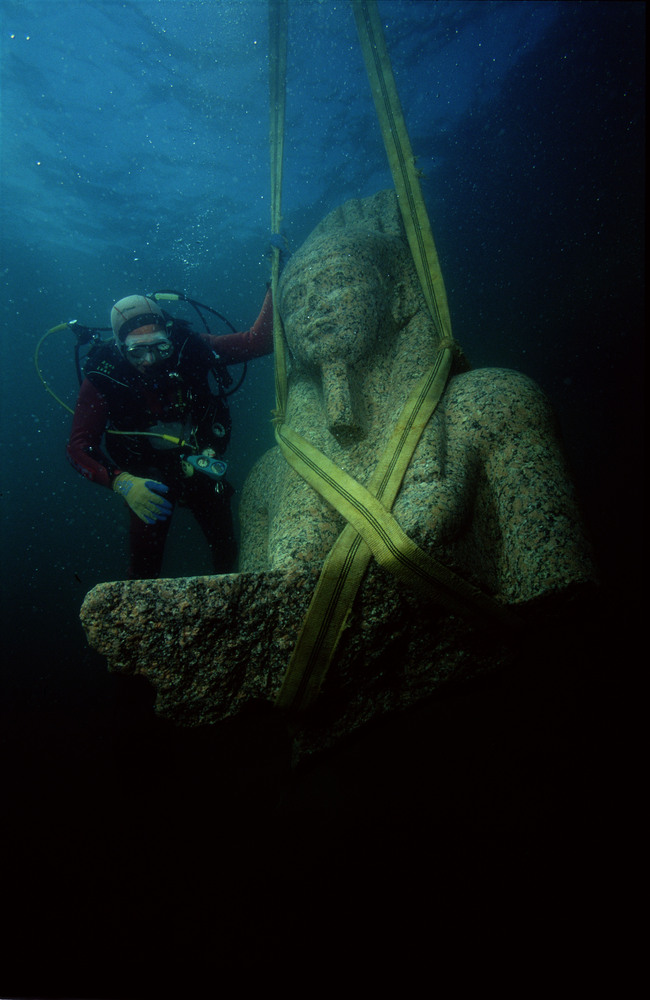
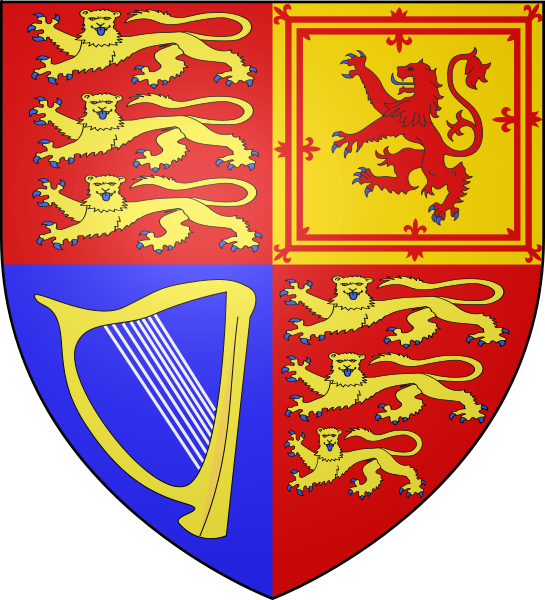
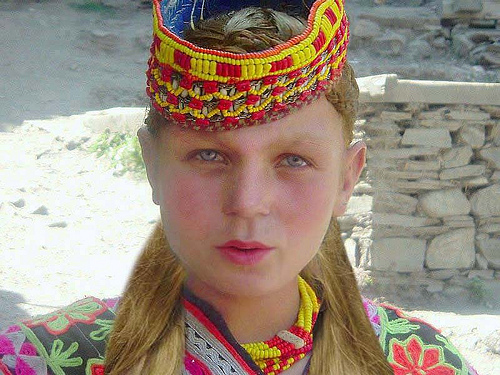
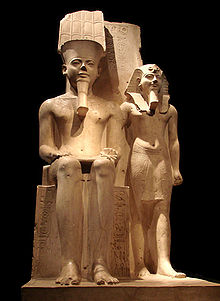
I think this history is not correct